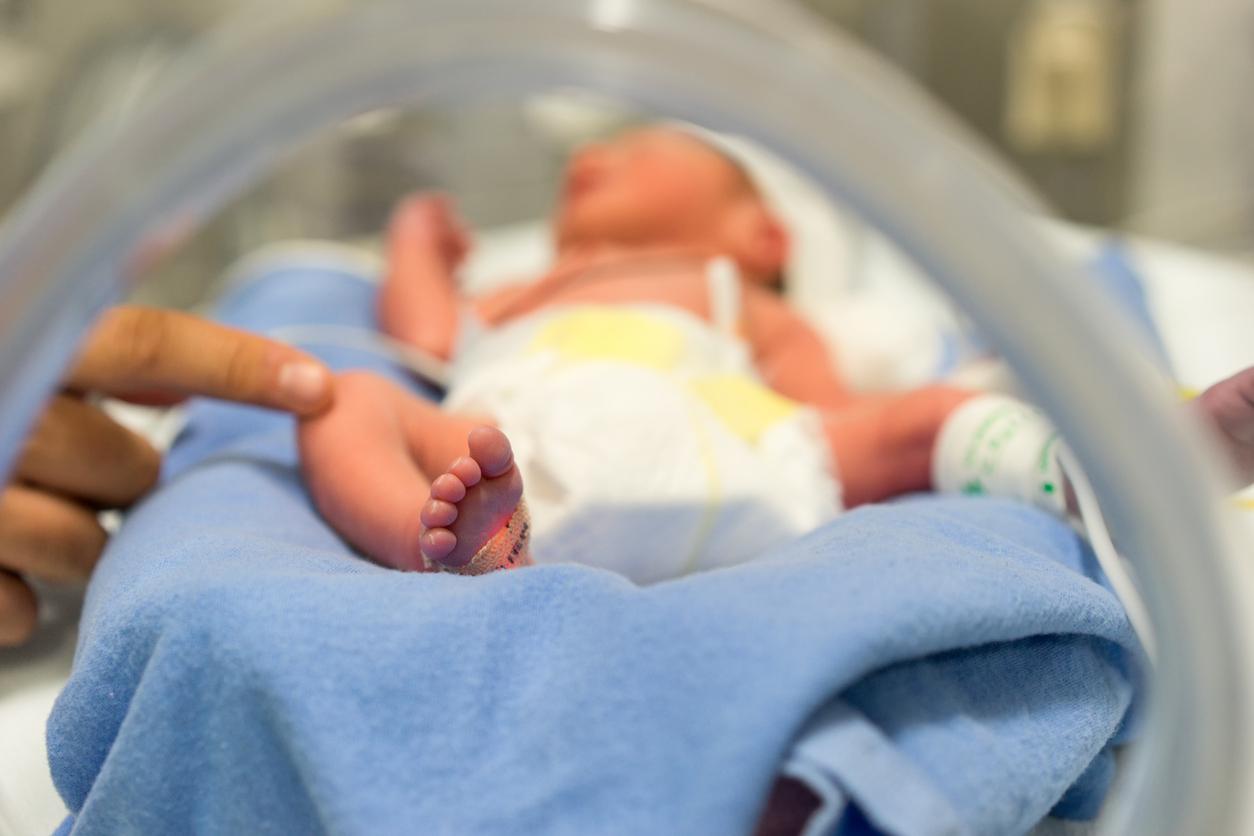An American study points to the lack of psychological care given to transgender men who would carry a child.

When they begin their gender transition, some people who were assigned female at birth choose to preserve their ovaries and uterus. It is then possible for them to become pregnant and carry a pregnancy to term after their gender reassignment.
Still little known to the general public and still taboo, these “trans pregnancies” are not always easy to live with for the first concerned. This is shown by a new study by researchers from Rutgers University published in the journal Maturitas. According to its authors, trans men expecting one or more children run an increased risk of depression compared to pregnant cisgender women. They are also more likely to lack medical and psychological care during pregnancy.
“Despite the increased visibility of transgender people – there are an estimated 1.4 million people who have transitioned in the United States – medical providers are largely unprepared to care for them and the most have had few training opportunities,” said Justin Brandt, assistant clinical professor in the Department of Obstetrics, Gynecology, and Reproductive Sciences at Rutgers Robert Wood Johnson Medical School.
A risk of gender dysphoria
Currently, there is no data in the United States or France on the number of transgender men who give birth each year. This does not prevent, according to Professor Brandt, that their number is probably higher than people think. These pregnancies are not always wanted: research suggests that this is the case for 30% of pregnant trans men.
However, the study also shows that pregnant trans men need more psychological support during and after their pregnancy. According to the US Transgender Survey, nearly 40% of the 28,000 people surveyed said they had attempted suicide, nearly nine times the national average. This risk may be increased in transgender men who experience unwanted physical changes as a result of their pregnancy.
“The transition process is long and difficult, and pregnancy, which is considered a female condition, forces these men to almost entirely redo the transition to their sex assigned at birth, which can aggravate gender dysphoria”, points out Professor Brandt.
The fear of prejudice
Another problem raised by trans men during their pregnancy: the sometimes discriminating gaze of the medical profession. 25% of respondents reported negative healthcare experiences in the past year.
This negative view of their trans identity leads many pregnant trans men (44%) to consult an obstetrician outside of their usual care pathway. They are also more inclined to turn to health professionals other than doctors – such as midwives – and to give birth outside of maternities (17%).
Another data collected during the study: the mode of delivery. 64% of trans men surveyed gave birth vaginally, 25% requested a caesarean section. This is a choice for them so as not to feel uncomfortable with the idea of their genitals being exposed for several hours. Those who chose vaginal birth said it helped them overcome negative feelings they had about the female gender.
The researchers also found that about 51% of transgender men breast-fed or breast-fed their infants even though they had breast surgery.
Better care for trans pregnancies
For Professor Brandt, it is important that transgender men planning to conceive consult their doctor before becoming pregnant. They will be able to ask the questions that concern them and receive advice on the risks of pregnancy at an advanced age. However, he wants to be optimistic. “Although Rutgers physicians have not yet had a pregnant transgender patient, our healthcare professionals are trained and ready,” says the researcher.
He also advises doctors to look after childbirth on the methods of contraception that they can offer their patient. “Transgender men who intend to resume testosterone after childbirth may decide to postpone their resumption of contraception because they believe that their male hormone therapy is inducing a state of infertility. However, this is not always the case” .
.















